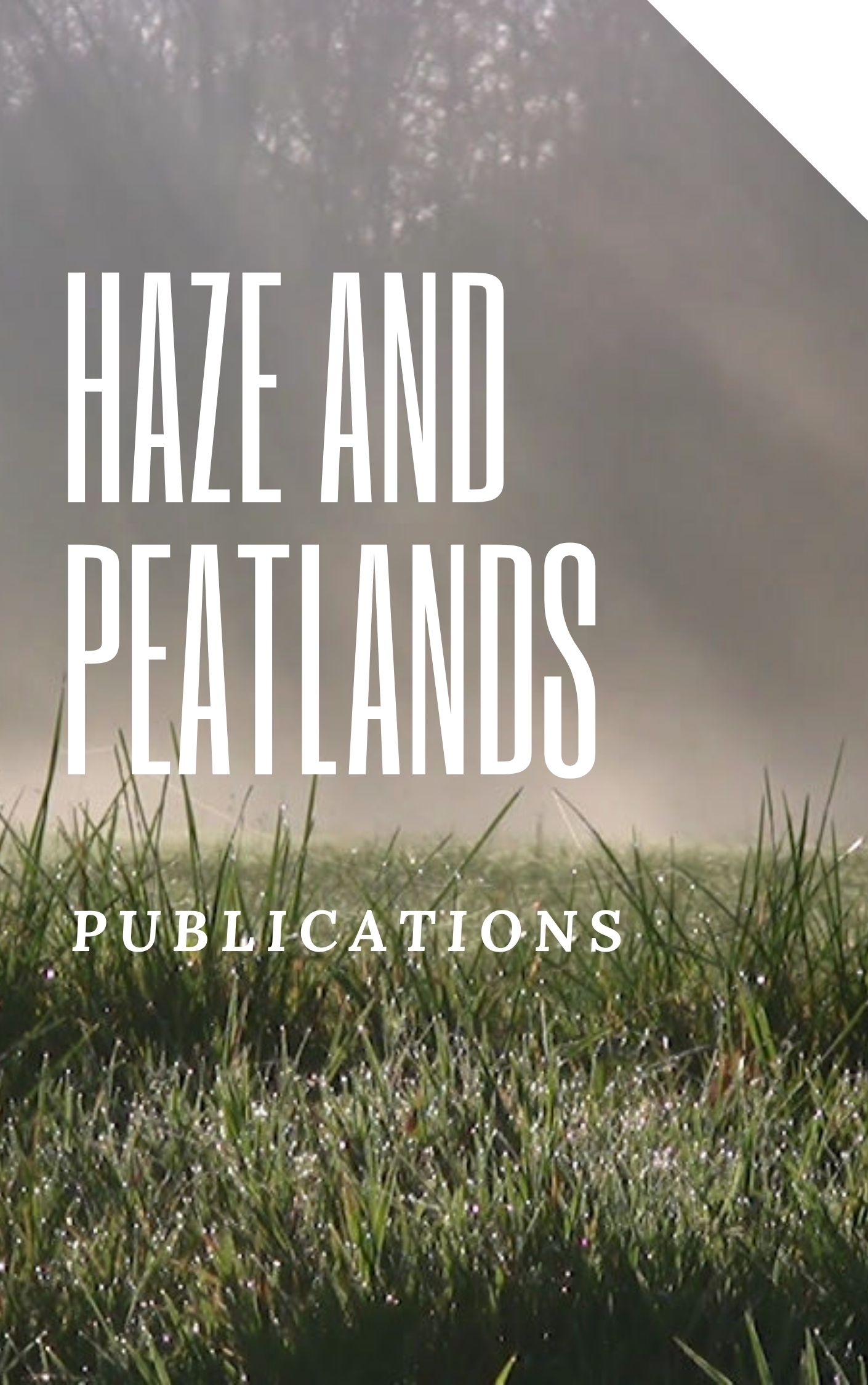The emerging global discourse on managing disaster risks and the many impacts of our changing climate call for a long-term and planned intervention, one that encourages multi-stakeholder participation and builds on the inherent capacities and resources of economically vulnerable and marginalized communities. With a total land area of 299,764 km2 the Philippines is a home for over 95 million inhabitants. It is situated within the Circum-Pacific belt of fire and has 220 volcanoes, of which twenty-two are classified as active. These natural attributes expose the country to many seismic activities such as volcanic eruptions, earthquakes of tectonic origin and tsunamis. The country is also located along the typhoon belt on the Western North Pacific Basin where 66 per cent of tropical cyclones enter or originate. Regarded as the HPFPI's organizational backbone, community savings play a vital part in all HPFPI's disaster intervention initiatives.

